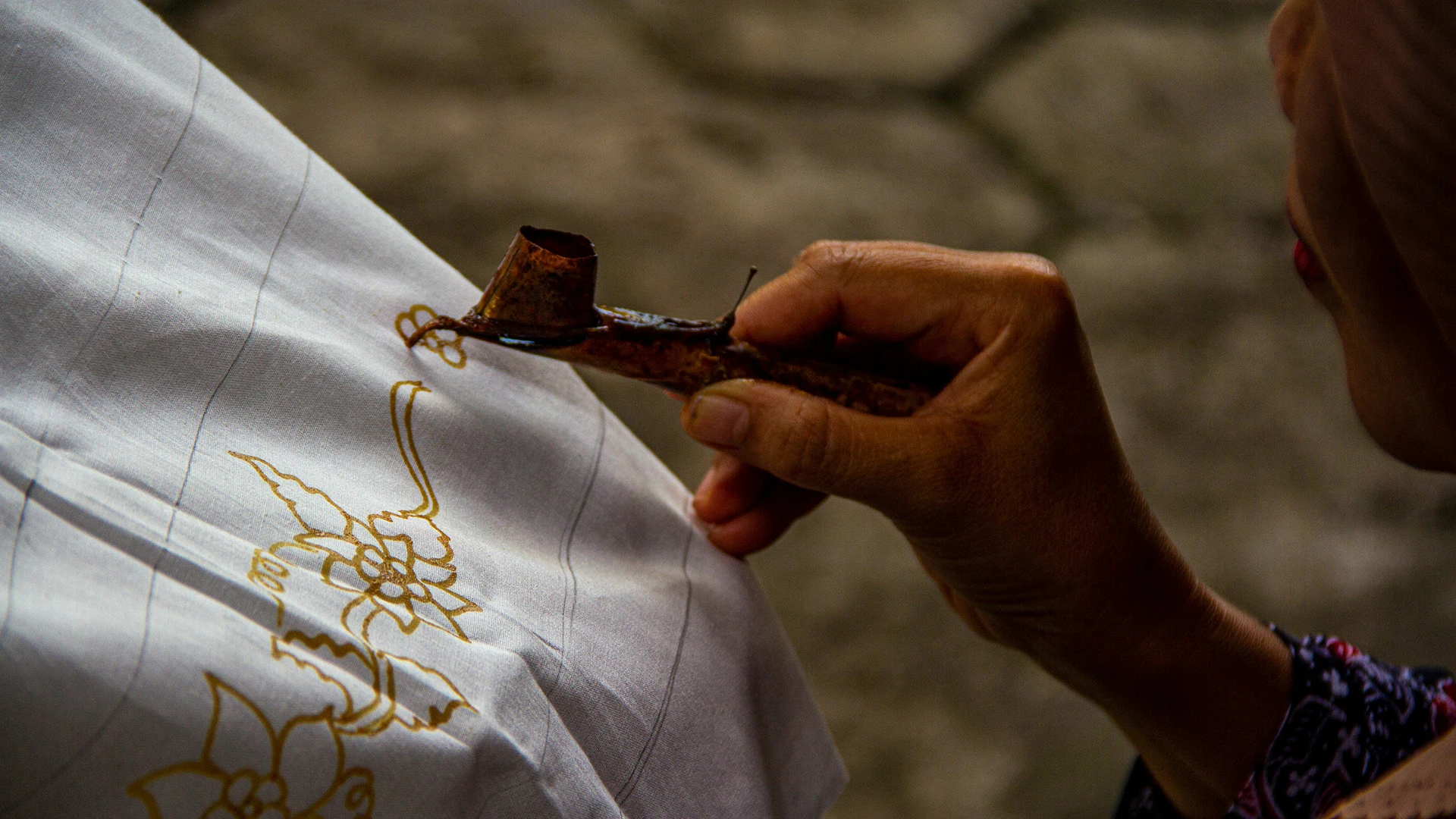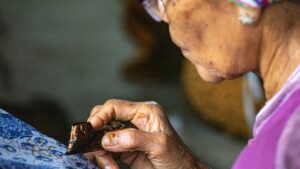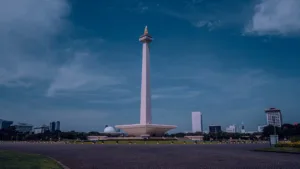
The Making of Indonesian Batik: A Timeless Art of Culture and Craftsmanship
The Making of Indonesian Batik: A Timeless Art of Culture and Craftsmanship
Batik is one of Indonesia’s most iconic cultural treasures, recognized by UNESCO as a Masterpiece of Oral and Intangible Heritage of Humanity. The making of Indonesian batik is not only a form of textile art but also a reflection of philosophy, history, and identity that has evolved over centuries.
1. Origins and Cultural Significance
The history of Indonesian batik dates back hundreds of years. Traditionally, it was worn by royal families in Java and used in ceremonies, celebrations, and rituals. Each pattern or motif holds a deep meaning — some represent fertility, others symbolize wisdom or protection. Over time, batik became a national symbol, proudly worn across Indonesia and around the world.
2. Materials Used in Batik Making
The process begins with choosing the right fabric, usually cotton or silk, known for their smooth texture and ability to absorb wax and dye effectively. Traditional batik artisans also use natural dyes extracted from plants, roots, and minerals — giving authentic batik its rich, earthy colors.
3. The Waxing Process (Canting and Cap)
The most distinctive part of the making of Indonesian batik is the application of hot wax. Artisans use a special copper pen called canting to draw intricate designs by hand, or a copper stamp called cap for repetitive patterns.
The wax acts as a dye-resist, protecting certain parts of the fabric while leaving others to absorb color. This method allows artisans to create detailed and layered patterns with remarkable precision.
4. Dyeing and Color Application
Once the wax is applied, the fabric is dipped into dye baths. The process is repeated multiple times — waxing and dyeing — to achieve different colors and shades. Each stage requires patience and skill to ensure the wax doesn’t crack or the colors don’t blend unintentionally.
5. Removing the Wax
After the dyeing process is complete, the wax is removed by boiling the fabric in hot water. What remains is a stunning batik cloth, showcasing its signature mix of lines, colors, and motifs that tell a unique story of craftsmanship.
6. Modern Batik and Global Influence
Today, Indonesian batik continues to evolve. While traditional batik making still thrives in regions like Yogyakarta, Pekalongan, and Solo, modern designers are reinterpreting batik into fashion, home décor, and digital prints. Yet, even as styles modernize, the essence of the craft — patience, artistry, and symbolism — remains the same.
7. Preserving an Ancient Heritage
Efforts to preserve and promote the making of Indonesian batik continue through workshops, schools, and cultural programs. By supporting local artisans and wearing authentic batik, people around the world help sustain this living art form and honor Indonesia’s cultural legacy.








Add comment
You must be logged in to post a comment.